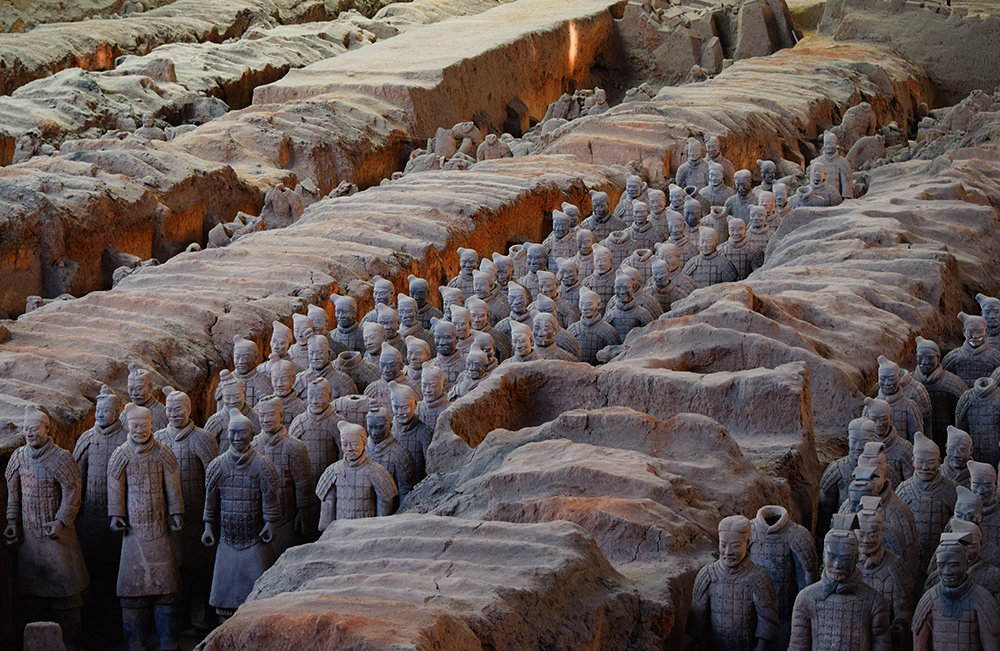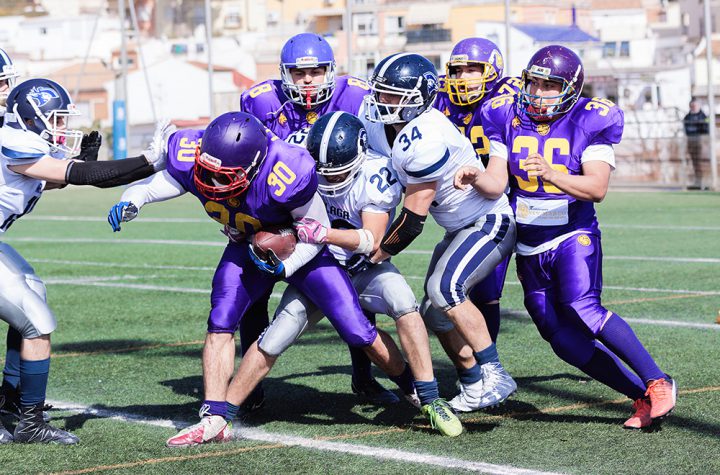
California has over 800,000 acres of wildfires. The biggest fires are only 10-15% contained. These fires will easily pass 1 million acres of fires.
California had about 150 million dead trees in 2019 and about 20 million trees are dying every year. California likely has about 170 million dead trees. California trees tend to grow to 25 meters in height. Some redwoods can grow to hundreds of feet and weigh 1000-4000 tons. The mid-size trees can have 100-200 tons of mass. This means there is 20 to 40 billion tons of dead trees. You can also call this 20 to 40 billion tons of kindling.
Actually, I know it is mostly not kindling. The dead trees are a mix of tinder, kindling and firewood.Tinder is the highly combustible material that doesnt sustain a flame for very long. Dry leaves or dead branches of dead trees is tinder.Kindling is the material that is still pretty combustible, but it needs a little extra oomph to get it lit. Kindling is really any type of wood that is as long as 2 feet and as wide as your thumb or skinnier. These are the thin branches of the 170 million dead trees.The thicker parts of the dead trees are firewood.
California is burning…again
CalFire plans to thin a million acres a year. This is funded by $2 billion from the California government. And last year, Gov. Gavin Newsom declared a state of emergency, fast-tracking 35 high-priority logging and thinning projects in fire-prone communities.
About 125,000 acres of wildlands are treated each year in California using prescribed (controlled) burning, and the rate of treatment is expected to rise as this tool is used more frequently to reduce the risk of catastrophic wildfires.
Florida has about the same overall forest acreage as California. Florida has over 2 million acres per year of controlled burn.
In 2018 California had over 1.9 million acres that was burned in wildfires.
In 2019, Nextbigfuture wrote that California must choose between uncontrolled or controlled fires. The entire 33 million acres of forests needs to be burned every 10-20 years. More sensitive areas near populations need to be thinned and managed without fire.
California should have 5 million acres per year of controlled burn for six years to catch up and burn all of the 40 billion tons of kindling. Controlled burns have been known to be the solution to forest management for hundreds of years. Nextbigfuture wrote about this in 2018.
Somehow, there is some bizarre thinking that the rules that forests burn, that dry wood burns can be replaced with hug all live trees and ignore the dry and dead tree trunks. The dead trees will all end up burning. It is just a matter of when, if we want to wait for nature to pick the time and places or where we will.
California has decided to allow its 100 year old electric grid to go mostly unmaintained at the same time. The timetable is to take 10-20 years to get the grid fully repaired. It could take longer and cost more than the plan because the plans were made by people who have proven their incompetence by allowing the situation to reach its current level. Recent years have seen major fires started by the poorly maintained electric power lines and electrical towers. The response has been to not fix the grid but to shutoff power whenever the winds go up over 20 mph or so. So California will let downed power lines and lines where trees are not cut back from the power lines be the means where more random fires will be started.
There was an 84-page document that described the forest management practice of 300 foot to one-mile wide fuel breaks. In 1977, the Forest Service published a handbook on fuel breaks. There have been repeated calls for more controlled burns and fuel breaks. A 2011 study confirmed on the Los Padres National Forest specifically what the Forest Service seemed to already know in the 1970s. The researchers found that fuel breaks helped stop a wildfire approximately 46% of the time between 1980 and 2007. However, this was only true when firefighters were able to access the fuel breaks quickly ahead of a fire. Generally, fuel breaks do not passively stop a wildfire as winds can blow embers up to a mile in front of a fire.
Nextbigfuture notes that the thinner fuel breaks (300 feet across) can help fire crews to stop a fire if they can act fast enough. However, even wider fuel breaks of a mile or more across are what are really needed to be effective at passively stopping fires. So if you wanted to be far more certain of protecting your major cities and towns then you make a mile or wider fuel break.
In 2019, the federal Bureau of Land Management announced plans to fund 11,000 miles of strategic fuel breaks in Idaho, Oregon, Washington, California, Nevada and Utah in an effort to help control wildfires.
The fuel breaks are intended to prop up fire mitigation efforts and help protect firefighters, communities and natural resources.
SOURCES- Calfire, Peninsula Daily News, Los Padres Forest Watch, Bureau of Land ManagementWritten By Brian Wang, Nextbigfuture.com





More Stories
A teenager from Co Offaly has been “inundated” with orders for his handmade reindeer decorations after his mother put up a post in a popular Facebook group.
Run Windows apps such as Microsoft Office in Linux (Ubuntu) and GNOME as if they were a part of the native OS, including Nautilus integration. – Fmstrat/winapps
With Australia’s relationship with China at a very dangerous stage, the timing of what is expected to be a ‘more nuanced’ approach from a Biden administration could not be more welcome.